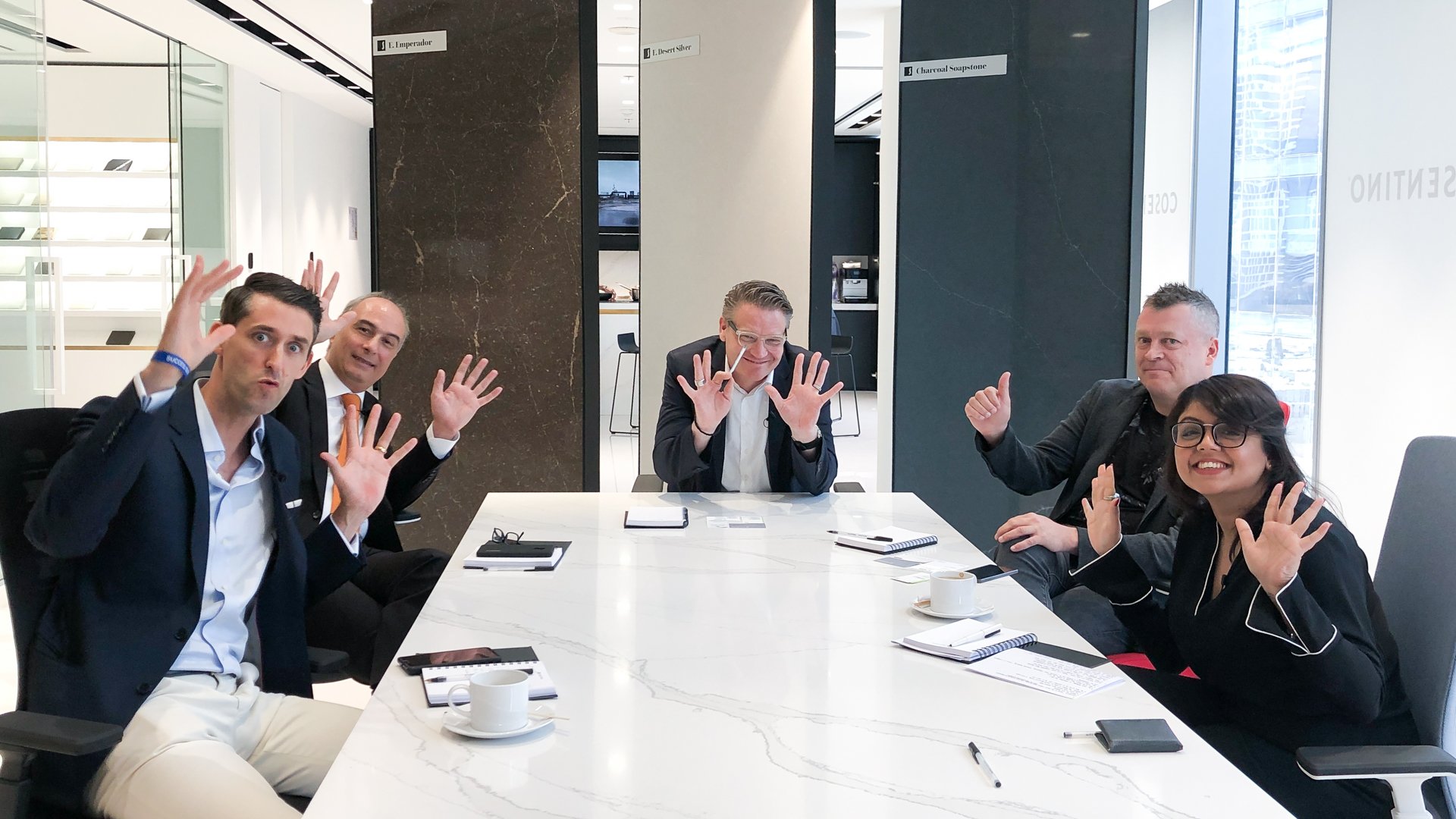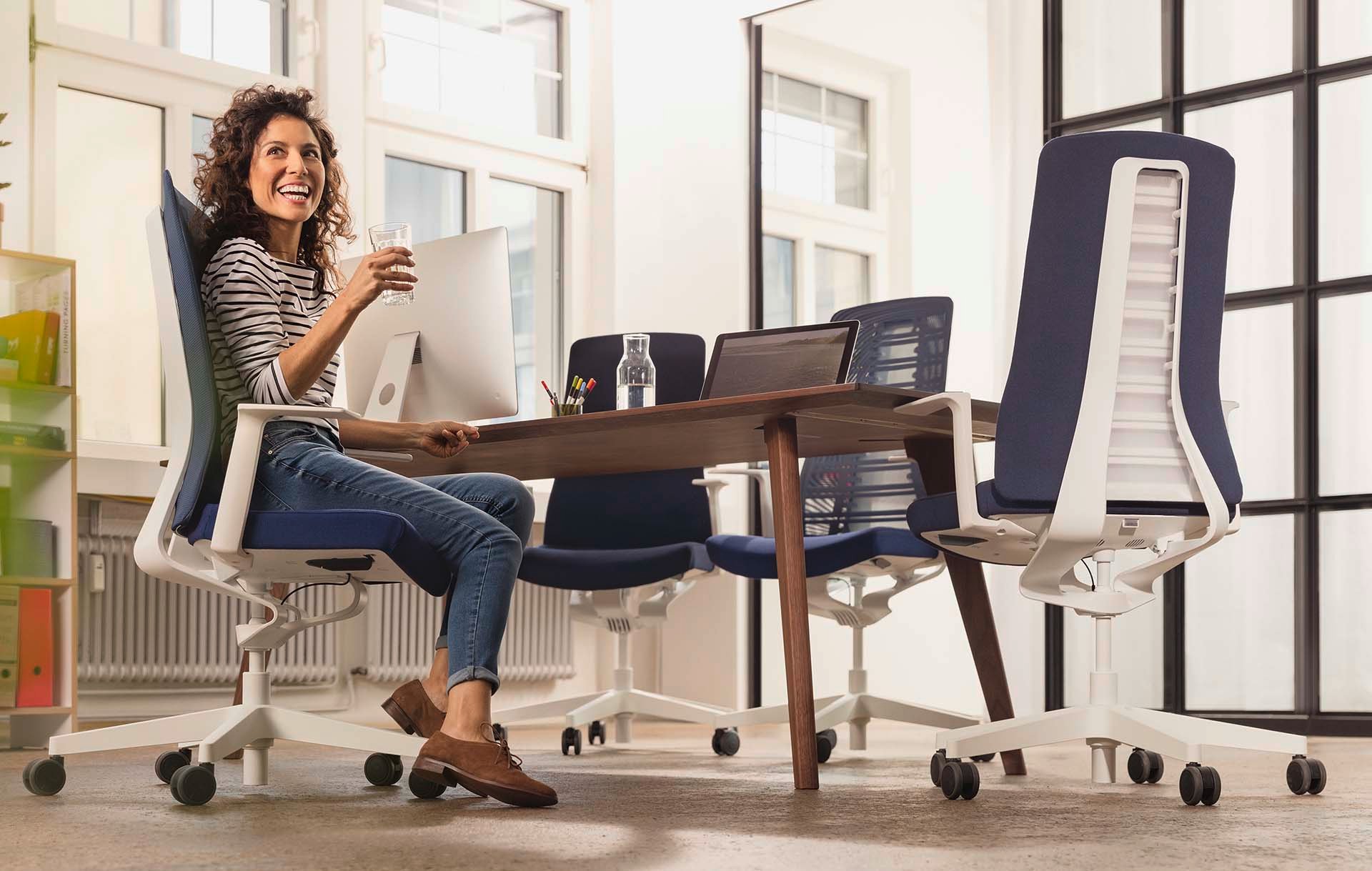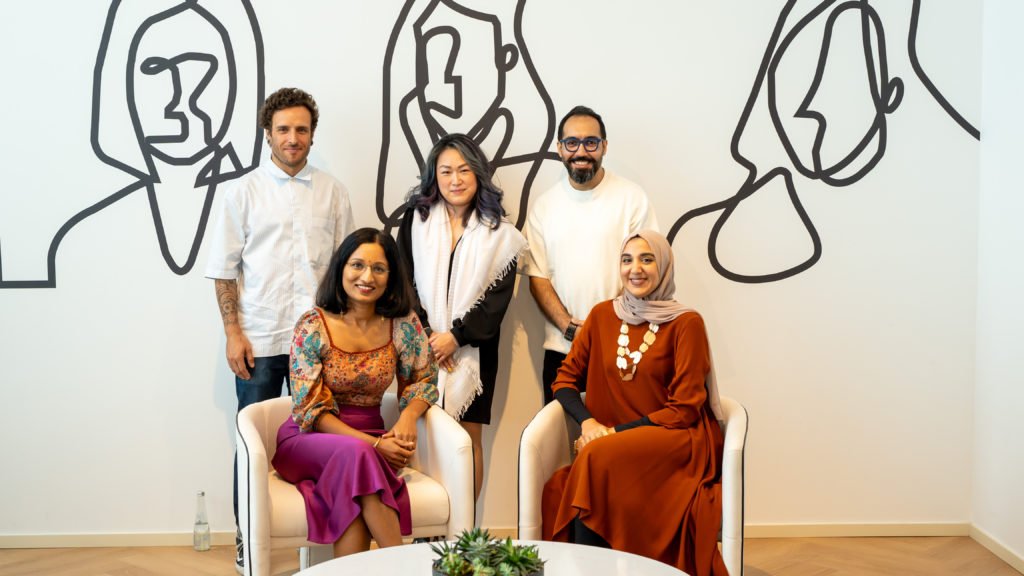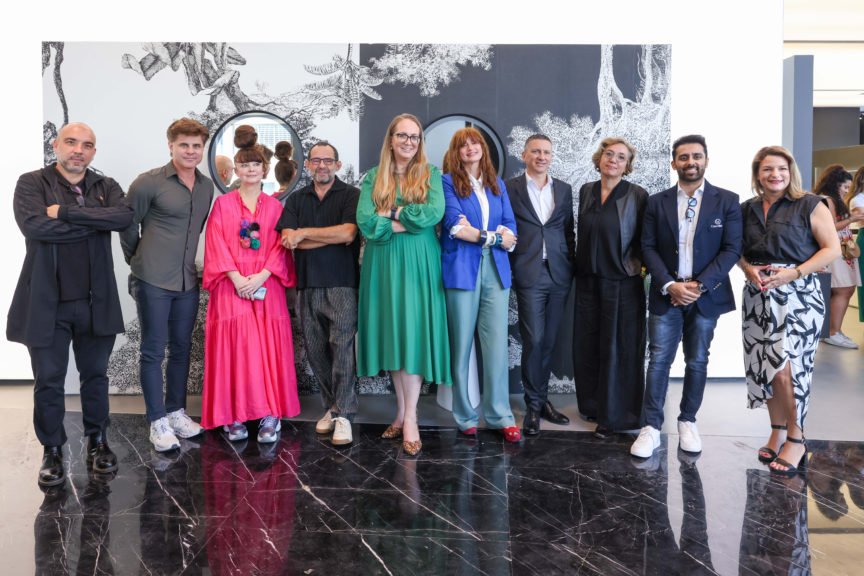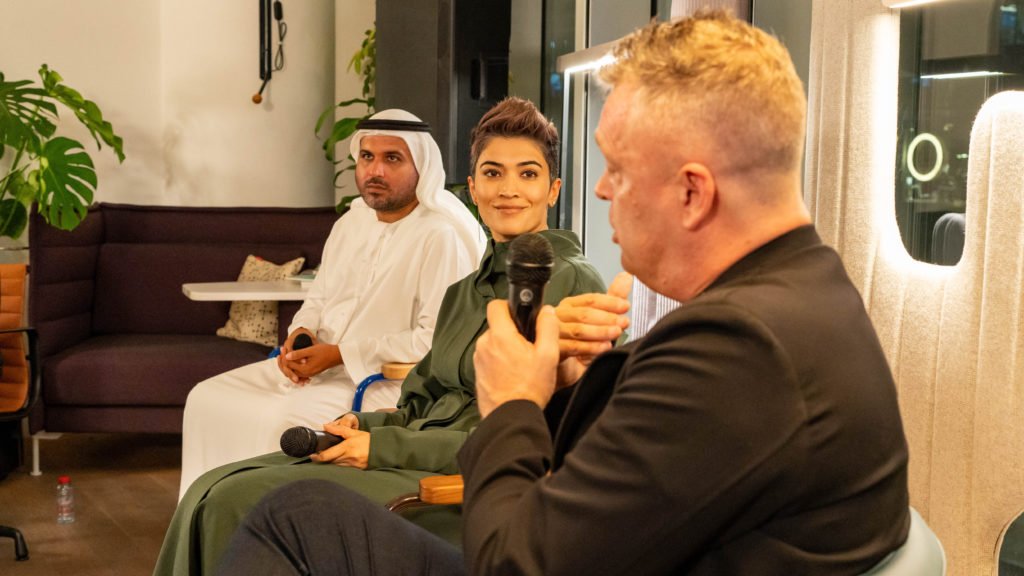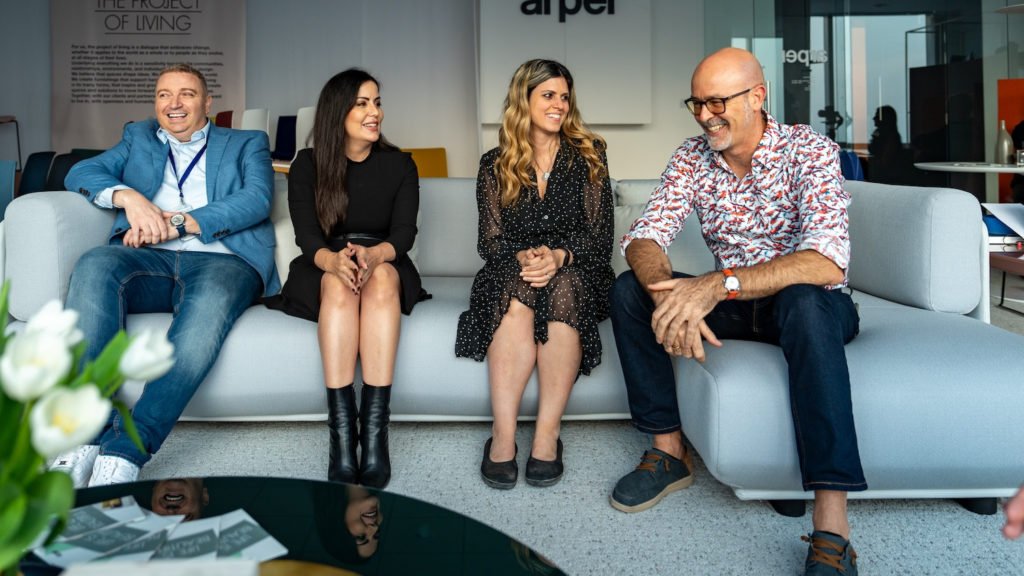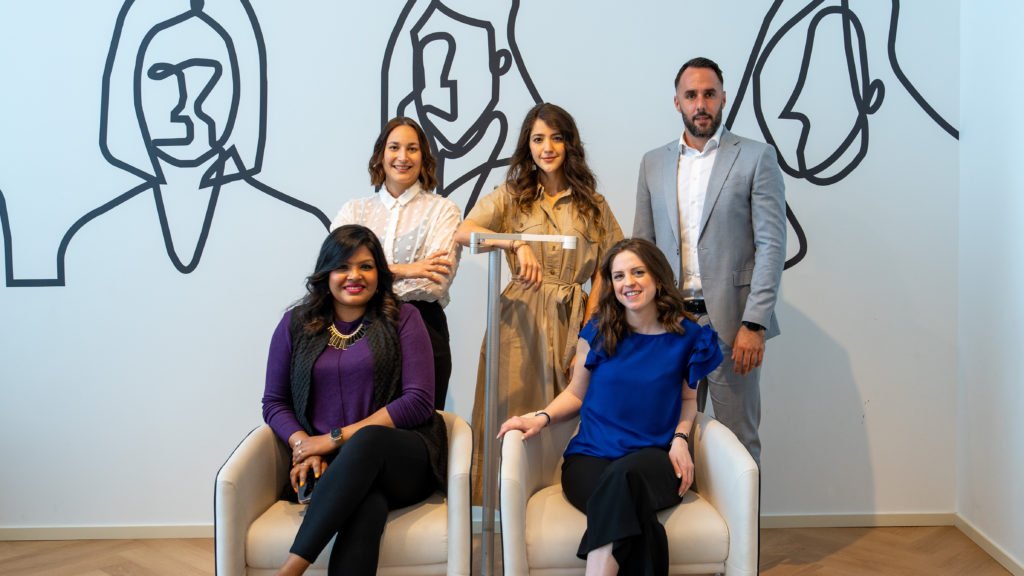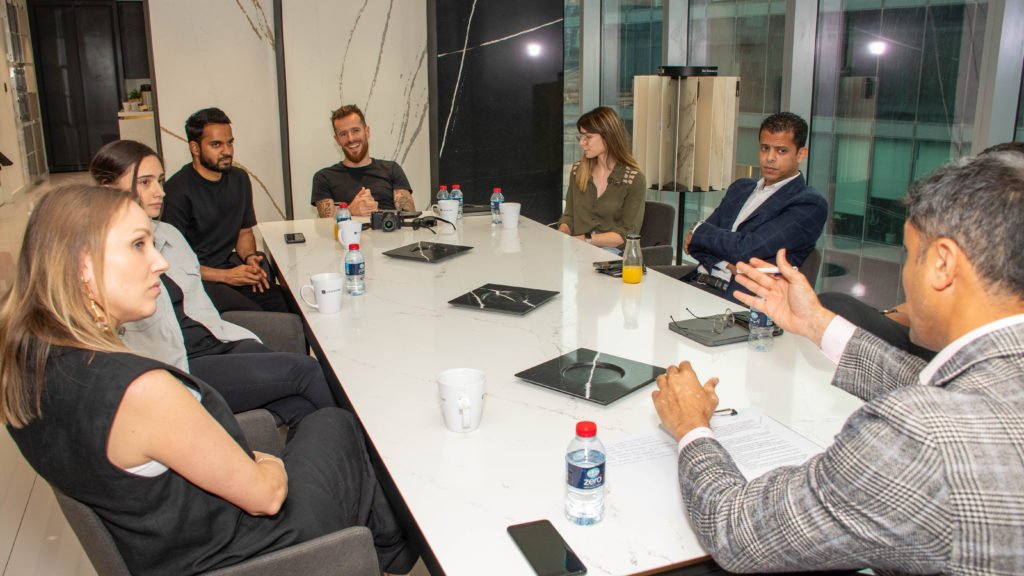Understanding Agile Spaces
Agile workspaces sound great in theory, but we know that there’s no one size fits all. However there are common needs and themes driving this movement. As with any advancement in technology comes a shift in culture and behaviour, which then pushes designers to re-evaluate and re-think new design blueprints.
“The research and science that’s driven task seating and other ergonomic products have jumped leaps and bounds in the past decade. But enter any modern workspace today, and you won’t be surprised to find pouffes or even a swing placed in between workstations. Where’s the research or ergonomics behind designs like that?” asks Chris.
The point he makes is thought provoking, for he is pushing a need to learn and understand the ergonomics of these new spaces. Environments where a heterogeneous mix of furniture is more common than the cookie-cutter design of rows of desks and chairs. Nowadays, in some organisational roles, all you need is a smart phone, as workers are always on the move, which brings about the need to be able to work anywhere.
“We also have to compare and understand the dynamics of the space, as workplaces are more inclusive now and the boundaries between departments are disappearing,” adds Andreas. “We then evaluate the furniture’s ability to support the workers.” As a product designer, he advocates for reducing the complexity of new products to balance the fast dynamics of today’s work culture. And it makes sense. The point behind agile spaces is to be flexible and seamless. The furniture that brings these spaces to life needs to be aligned with these goals.
“The perfect ergonomic product requires almost no adjustment; it should work for you, not the other way around, and the perfect position should be at point zero”
– Andreas Krob, Founder and Designer at b4k
“I remember 20 years ago, office chairs had five levers and buttons just for the seat pad!” he exclaims. “The perfect ergonomic product requires almost no adjustment; it should work for you, not the other way around, and the perfect position should be at point zero. Especially now that shared desks are increasing in popularity, it is necessary that the chair be instantly adaptable. This can save time and encourage better ergonomic seating.”
Understanding agile spaces also means understanding the furniture and technology that make the space agile. In Tim’s experience as a corporate ergonomics expert, most people don’t even know how great their chair is, what it can do, or how it even works. “We’ve surveyed the region, and believe it not, 96 percent of the people were not aware of all the features of their chair,” he says. Chris explains why this happens. “Knowledge of the product’s value gets diluted by the time it reaches the actual person using it,” he says, suggesting that designers and decision makers make it a point to educate everyone in the supply chain.

